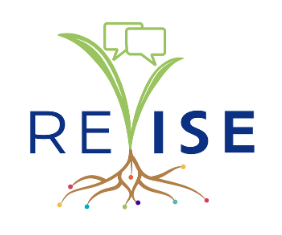November 1st, 2010 | RESEARCH
It is common knowledge that U.S. students have fallen behind in the acquisition of science knowledge and that the necessary solution is greater investment and better practices in our schools. But is better schooling really the solution? Drawing on a large base of research, the authors demonstrate that by the time U.S. citizens are young adults, they are better informed about science than their international peers; that the most important sources of scientific knowledge are not schools; and that the informal infrastructure of museums, aquariums, broadcast programming and other sources of science exposure, with which the United States is richly endowed, is a far more potent source of public understanding of science than has been previously acknowledged. The authors argue that we must reckon with and absorb these findings if we are to achieve the goal of greater public understanding of science.
Document
Team Members
Oregon State University, ContributorJohn H Falk, Author, Oregon State University
Lynn Dierking, Author, Oregon State University
Citation
Identifier Type: DOI
Identifier: 10.1511/2010.87.486
Publication: American Scientist
Volume: 98
Number: 6
Page(s): 486
Tags
Audience: Educators | Teachers | General Public | Museum | ISE Professionals | Scientists
Discipline: Education and learning science | General STEM
Resource Type: Peer-reviewed article | Research Products
Environment Type: Exhibitions | Media and Technology | Public Programs
